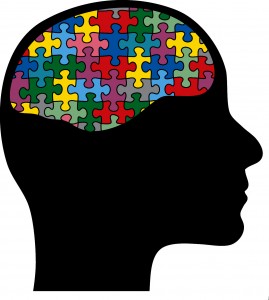Nowadays, global warming is a big deal. We all hear methods of ways to protect the environment from pollution. People practice recycling, turning the electricity off when not in use, brushing their teeth without running water, etc. There are many ways that we attempt to conserve things to help out our environment from the frightening threats of global warming. We are in an age where more and more people are beginning to realize that conserving things are good for the environment, which will help us in the long run.
Something that has been stirring was the use of electric cars. These are vehicles that run purely off of electricity through a battery rather than a gas tank. They were first introduced in the 1880s, and became popular in the late 19th and early 20th century. There are many different types of electrical vehicles. There are Hybrid Electric Vehicles, Plug-in Hybrid Electric Vehicles, Extended-Range Electric Vehicles, and Battery Electric Vehicles. If you’re interested in learning about these specific types of electrical vehicles and more, click here

The controversial question about electrical cars is whether or not they are truly better for the environment. The argue behind this is the time and energy it takes for the engine to recharge. The goal for the usage of electrical cars is to cut the pollution that a regular car produces out of its gas engine. By using electricity, there won’t be pollution when transporting. However what many people do not know is how the electricity is produced. Most of the energy used to power the engine in electrical cars is created by burning fossil fuels. Burning fossil fuels is a huge factor in pollution in our environment. This makes people question the usage of electrical cars, and more importantly the effectiveness of it.
A disadvantage linked to this is that the battery that is installed into an electrical car weighs a lot more than a regular engine. This means that it takes more energy and will reduce the range of the car on one fully charged battery. It could ultimately lead to more energy being consumed due to the weight. This is a potential issue with using these electrical vehicles. It seems minor, but it could add up to be something major.
Fortunately, according to the Electrical Vehicle Association of Canada, the amount of fossil fuels burnt in the process of producing the energy in these cars cut the carbon emission nearly in half. This means that electrical cars are proven to be more beneficial than using a regular fuel engine car. So it is a smarter choice to use these electrical cars.
The rise of these cars helps generate a new outlook on ways to help the environment. It opened me up to start being more conserving of what I do. I plan to recycle more, use less water (of course I’ll use water when I need to, just not excessively!), and other things. Writing this blog post helped me think like this and I hope it can send a message out to you guys!
Sources:
http://www.50waystohelp.com/
http://en.wikipedia.org/wiki/Electric_car
http://auto.howstuffworks.com/fuel-efficiency/vehicles/electric-car-battery3.htm
http://www.utahpeoplespost.com/wp-content/uploads/2014/07/Chinese-Officials-are-bound-to-Use-Electric-Cars.jpg
http://www.tva.gov/environment/technology/car_vehicles.htm




















